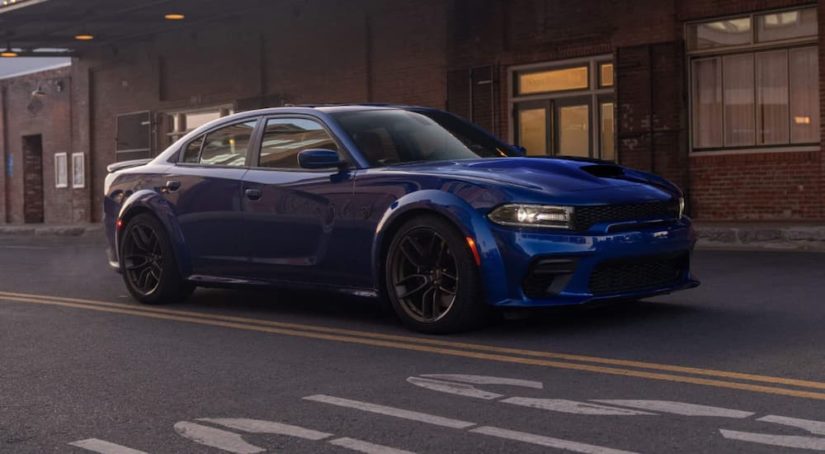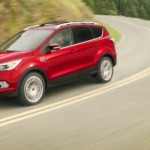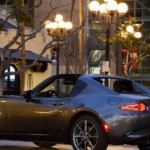If you’re particularly savvy and tuned into the auto industry, then you’ve probably heard the name “Stellantis” quite a few times by now. If not, then don’t feel too bad – it’s not the name of a particular brand or manufacturer, so it’s not the sort of thing you’ll necessarily have to worry too much about when shopping for a vehicle. Still, this is a name you’re going to be hearing more of over the next few years, so it’s worthwhile to know exactly what it’s all about and why you should care.
That’s why I’m here – I’m going to take you through a little of the background for where Stellantis came from, their place in the auto industry, and what it means for you. In particular, I’ll dig into some of the announcements and plans they’ve made for the next decade, and what impact it might have on the vehicles you’ll find at dealerships in the coming years. This isn’t stuff that’s going to hit us right away, but there might well be a few shakeups in the next three to five years, and being ready for that now can make shopping in the future a lot easier.
What is Stellantis?
Stellantis is a brand-new multinational auto manufacturer that now owns and operates 14 different vehicle brands across the world. It was formed just this year in January, and that might seem really recent to suddenly own some of the most famous car brands in the world, but the company came into being as a merger between two other large groups. Rather than one of those groups absorbing the other, they became a new corporate entity under the name “Stellantis.”
Essentially, the 14 auto brands that are part of Stellantis each have their own CEOs and identities, but the proverbial buck stops with the heads of Stellantis. So each brand is still its own thing with its logos still intact; you’re not going to see a Stellantis-branded vehicle any time soon. Think of it like General Motors: GM owns and operates brands like Chevy, GMC, Buick, and Cadillac, but you won’t find any GM-branded vehicles. It’s the same thing with Stellantis.
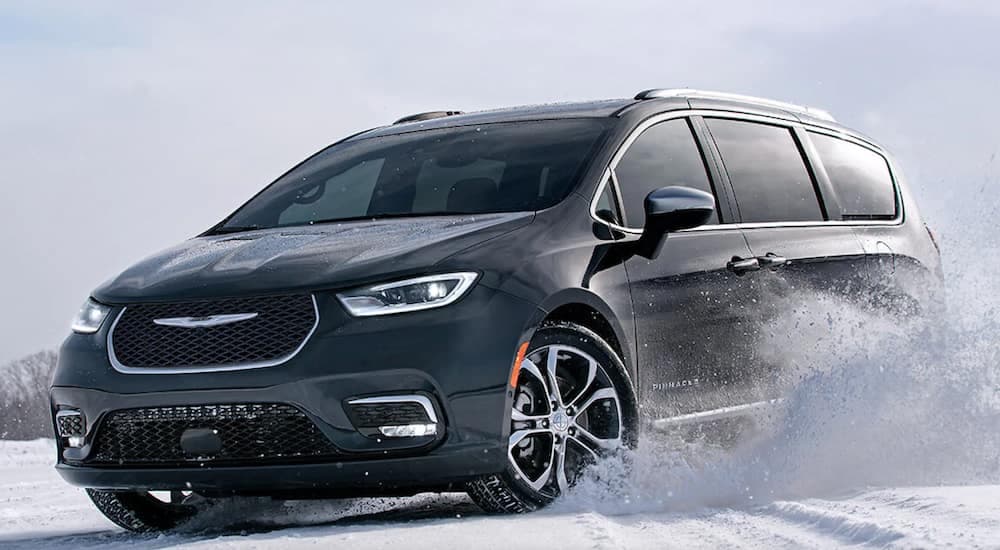
How Did Stellantis Form?
As I said, Stellantis formed when two other groups merged together: Fiat Chrysler Automobiles (FCA) and the French PSA Group. I’m not going to trace how all 14 brands came together from each of their beginnings because that would go on forever (the Jeep brand alone could have a whole piece tracking its changes in ownership over the decades). But, a big part of where we are now began a couple years ago when FCA was interested in merging with another French automaker named Renault. The two companies had reached an agreement, and it seemed like a merger would be pretty simple, but the French government (which holds 15% of Renault’s shares) became involved. The merger fell through, and the French government’s behavior made FCA wary of future interference.
Not long after, FCA approached PSA Group, again interested in a merger, and this time things went more smoothly. By the end of 2019, an agreement had been reached between the two companies. It took another year for further details to be ironed out and for the European Commission to approve the merger, with a few agreements in place to allow for competition to still thrive in Europe. A couple of weeks later, the merger was approved by shareholders in both companies, and on January 16th, Stellantis officially came into being through the merger of FCA and PSA Group.
What Brands Does Stellantis Own?
While there are a number of major auto companies out there with several brands, Stellantis really stands out since it owns 14 brands. I’ve already hinted at a few of them while discussing how the group formed and what it is, but now I’ll quickly go over each of them and where they’re located. As a potential car buyer, it’s important to know if one of your favorite brands might have some changes coming soon.
The brands that operate under Stellantis are:
- Chrysler – An American auto company founded in 1925, Chrysler produces premium models, including the Pacifica and Voyager minivans.
- Dodge – An American auto company founded in 1900, Dodge is best known for its muscle cars like the Charger and Challenger.
- Jeep – Another American company dating back to 1908, Jeep is known for its legendary off-road vehicles like the Wrangler and Grand Cherokee.
- Ram – An American company founded in 2010 (spun-off from Dodge), Ram makes trucks like the Ram 1500 pickup.
- Fiat – An Italian company founded in 1899, Fiat has come and gone from the American market but is well known for the compact Fiat 500.
- Abarth – An Italian company founded in 1949, Abarth is effectively the performance arm of Fiat.
- Lancia – An Italian company founded in 1906, Lancia focuses on the European market and has offered a variety of passenger cars.
- Alfa Romeo – Another Italian company founded in 1910, Alfa Romeo has a reputation for luxurious and sporty models like the Giulia and Stelvio.
- Maserati – An Italian company founded in 1914, Maserati makes high-end luxury vehicles like the Ghibli and Quattroporte.
- Citroen – A French company founded in 1919, Citroen focuses on reliable vehicles for Europe, Asia, and numerous countries outside the US.
- Peugeot – A French company founded in 1810 (they made tools, bicycles, and other equipment before automobiles), Peugeot focuses on Europe and the UK.
- DS Automobiles – A French company founded in 2009 (spun-off from Citroen), DS Automobiles is a luxury brand that focuses primarily on Europe and Asia.
- Opel – A German company founded in 1862, Opel was owned by GM for most of the 20th century before being sold to PSA in 2017. It focuses on European markets.
- Vauxhall – A British company founded in 1857, Vauxhall was also previously owned by GM and is essentially the badge for Opel vehicles sold in the UK.
They also operate a couple of other divisions that are part of the auto industry but not specifically auto brands, including Mopar. This is a company that makes original factory parts available for Chrysler, Jeep, Ram, and Dodge. Mopar will remain in operation, don’t worry, but I just didn’t mention them with the auto brands.
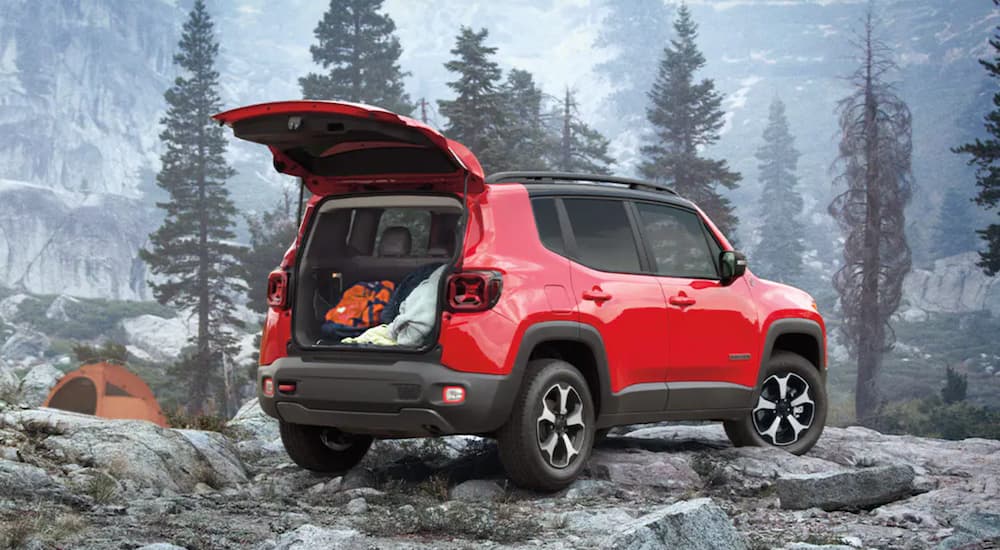
What Changes is Stellantis Making?
For the most part, very few changes have been announced for the brands that are now owned and operated under Stellantis. In particular, they’re focusing primarily on reducing waste by consolidating development and efforts among numerous brands. So, for example, rather than have each of these 14 brands working on EV technology, they’re developing unified EV platforms that all of them will use. This reduces the expense and time needed for this type of development and should lead to better EV technology in the future.
Also of interest, Stellantis has announced that all 14 brands will receive funding and support for at least the next ten years. This includes some of their brands that have not been performing especially well recently, such as Lancia and Chrysler. Stellantis has said they’ll give these brands ten years to reinvent themselves, with full funding, in order to prove their value going forward. Popular brands like Jeep and Ram will continue to be funded and maintain their place in the market.
How Will This Impact You?
The biggest announcements from Stellantis so far are their 10-year support for all 14 brands and a renewed focus on EV technology. They’ve said they have 29 EV models available right now across their brands, and they plan on having 39 available by the end of the year. They’re developing four distinct EV platforms for different sizes of vehicles, which all of their brands will be able to utilize in order to have a massive fleet of EV models within a decade.
So if you’re interested in switching to an EV model, then the next few years are going to be very interesting for these companies. This means we’ll see EV models popping up across their US brands pretty regularly since a single platform could support EV versions of a Ram 1500, Jeep Grand Cherokee, and Chrysler minivan. In 10 years, we’ll see where these brands are at and if we are getting any changes.
